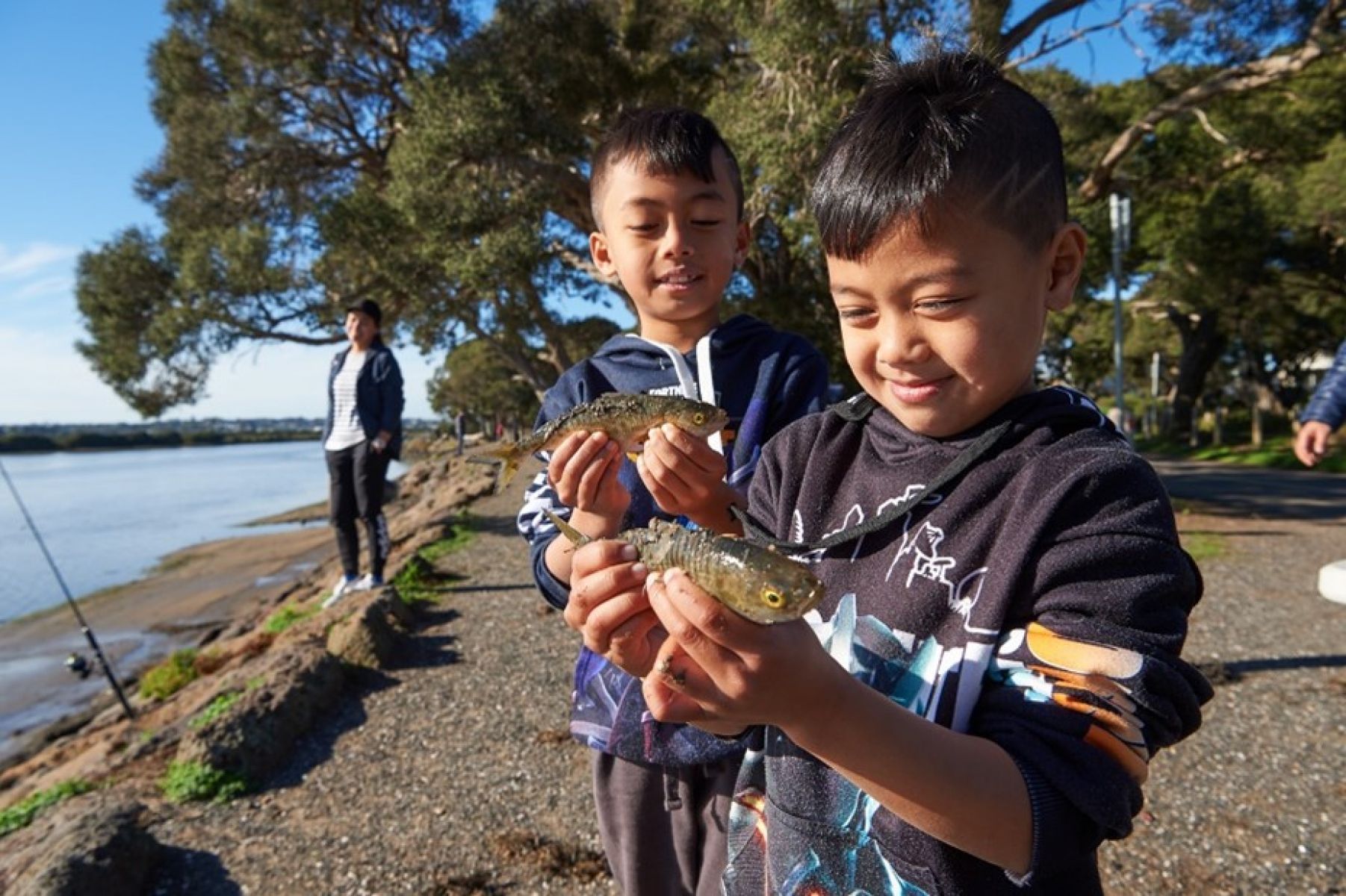Victorians value their waterways
The 2022 My Victorian Waterway Survey of 6,240 Victorians found that waterways are visited every day for a variety of reasons, such as relaxation and peace, recreation and fun, commercial and economic activities, a space for exercise, a place to engage with nature, experience personal mental health benefits, and for family and social connections.
Underpinning the myriad of reasons to visit and use our waterways, is the important role that they play for individuals, families, and communities.
Almost all respondents said that
- waterways nurture their own wellbeing (94%)
- that healthy waterways are important for continued community needs (84%) for use by future generations (83%).
Additional findings from this study will be used to inform the new Strategy.
For countless generations, Traditional Owners have cared for Country and waterways, maintaining the health and flow of water and sustaining connections to place, each other, animals, ancestors, culture and Country.
The new strategy will link with the Victorian Government’s commitments to self-determination for Traditional Owners, including Water is Life – Traditional Owner Access to Water Roadmap. The Strategy will play an important role in increasing Traditional Owner roles and decision-making in the management of waterways, delivering benefits for all Victorians.
Waterways and surrounding riparian land provide habitat for thousands of species of fish, insects, birds, mammals and plants – all dependent on healthy, thriving waterways.
Waterways and floodplains play a part in the movement and cycling of sediment and nutrients and underpin the rich agricultural soils across the state. Continuing to care for our water environments and biodiversity, particularly while adapting to the impacts of climate change.

